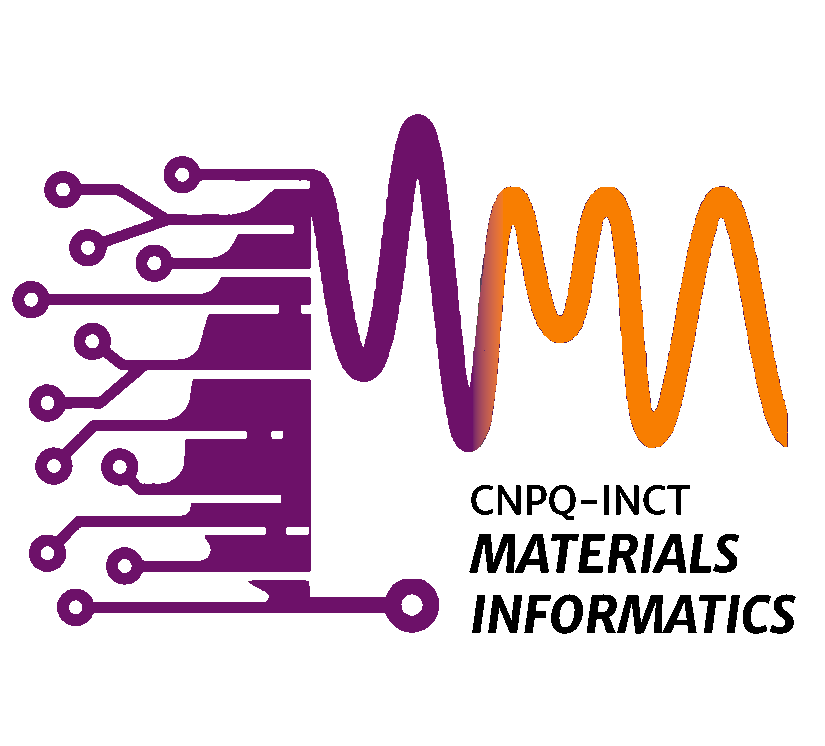Cançado, Luiz G.; Monken, Victor P.; Campos, João Luiz E.; Santos, Joyce C. C.; Backes, Claudia; Chacham, Hélio; Neves, Bernardo R. A.; Jorio, Ado Science and Metrology of defects in graphene using Raman Spectroscopy Journal Article Em: Carbon, pp. 118801, 2024, ISSN: 0008-6223. Resumo | Links | BibTeX | Tags: Defects, Grapehene, Line defects, Liquid-phase exfoliation, Number of layers, Point defects, Raman spectroscopy, Tip-enhanced raman spectroscopy Moura, Thiago A.; Neves, Wellington Q.; Alencar, Rafael S.; Kim, Y. A.; Endo, M.; Vasconcelos, Thiago L.; Costa, Deyse G.; Candiotto, Graziâni; Capaz, Rodrigo B.; Araujo, Paulo T.; Filho, Antonio G. Souza; Paschoal, Alexandre R. Resonance Raman spectroscopy characterization of linear carbon chains encapsulated by multi-walled carbon nanotubes Journal Article Em: Carbon, vol. 212, pp. 118123, 2023, ISSN: 0008-6223. Resumo | Links | BibTeX | Tags: Carbon nanotubes, Linear carbon chains, Raman spectroscopy, TERS@article{CANCADO2024118801,
title = {Science and Metrology of defects in graphene using Raman Spectroscopy},
author = {Luiz G. Cançado and Victor P. Monken and João Luiz E. Campos and Joyce C. C. Santos and Claudia Backes and Hélio Chacham and Bernardo R. A. Neves and Ado Jorio},
url = {https://www.sciencedirect.com/science/article/pii/S0008622324000186},
doi = {https://doi.org/10.1016/j.carbon.2024.118801},
issn = {0008-6223},
year = {2024},
date = {2024-01-11},
urldate = {2024-01-01},
journal = {Carbon},
pages = {118801},
abstract = {This article offers a historical account of the evolution of defect metrology in graphene through Raman spectroscopy over the past five decades. The application of Raman scattering to the investigation of disorder levels in graphite materials dates back to the 1970s, and substantial advancements have occurred in this field, especially following the isolation of graphene in 2006. The article starts presenting the physics related to structural defects disrupting the translational symmetry in crystalline solids, introducing a relaxation of selection rules in Raman spectroscopy that manifests as peaks induced by disorder, then it delves into significant milestones and provides a practical summary of the principal existing protocols. Furthermore, we explore the contribution of tip-enhanced Raman spectroscopy to gaining deeper insights into fundamental aspects of defects in graphene materials, owing to its capacity for spectroscopic measurements with high spatial resolution. In conclusion, we outline prospects for the further utilization of this innovative technique in enhancing both the science and metrology of defects in graphene and its applications in other two-dimensional systems.},
keywords = {Defects, Grapehene, Line defects, Liquid-phase exfoliation, Number of layers, Point defects, Raman spectroscopy, Tip-enhanced raman spectroscopy},
pubstate = {published},
tppubtype = {article}
}
@article{MOURA2023118123,
title = {Resonance Raman spectroscopy characterization of linear carbon chains encapsulated by multi-walled carbon nanotubes},
author = {Thiago A. Moura and Wellington Q. Neves and Rafael S. Alencar and Y. A. Kim and M. Endo and Thiago L. Vasconcelos and Deyse G. Costa and Graziâni Candiotto and Rodrigo B. Capaz and Paulo T. Araujo and Antonio G. Souza Filho and Alexandre R. Paschoal},
url = {https://www.sciencedirect.com/science/article/pii/S0008622323003688},
doi = {https://doi.org/10.1016/j.carbon.2023.118123},
issn = {0008-6223},
year = {2023},
date = {2023-01-01},
journal = {Carbon},
volume = {212},
pages = {118123},
abstract = {The unique electronic and vibrational properties of linear carbon chains (LCCs) have attracted close attention from the scientific community in recent years. Raman spectroscopy addressing the LCC spectral signature around 1850 cm−1 has been widely used to identify the LCC and probe electronic and vibrational properties as a function of carbon length. Despite the number of works available in literature, some aspects of the LCC's aforementioned properties remain unclear. Using a combination of confocal and Tip-enhanced Raman Spectroscopy (TERS), along with different laser lines, this work addresses important aspects of the optical resonance window of LCCs encapsulated by multi-walled carbon nanotubes (MWCNTs) (i.e. LCC@MWCNT) as well as an elusive Raman signature around 1637 cm−1, which is assigned to the LCC's longitudinal acoustic (LA) phonon mode at the X point (zone edge), which becomes Raman active likely due to disorder effects. First-principles calculations endorse our conclusions.},
keywords = {Carbon nanotubes, Linear carbon chains, Raman spectroscopy, TERS},
pubstate = {published},
tppubtype = {article}
}

